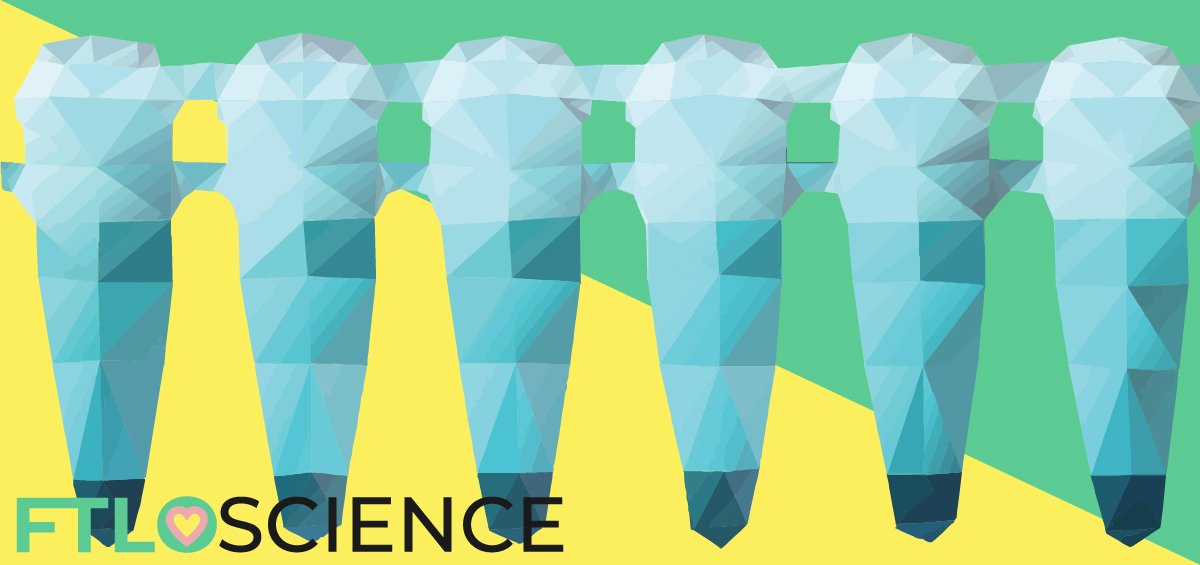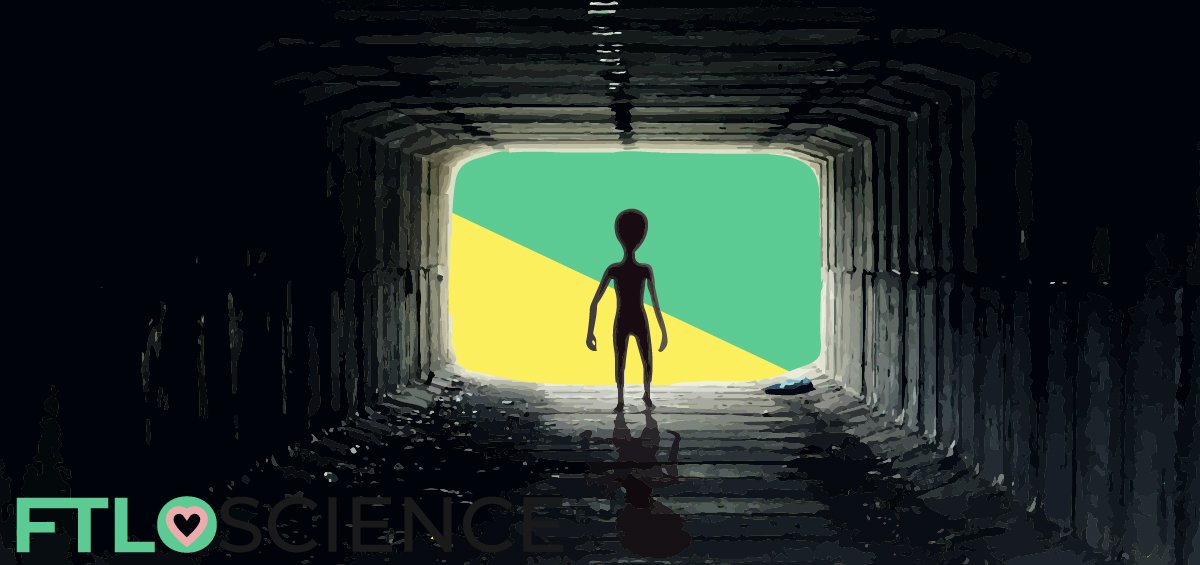What goes into making a decision? Whether it’s a trivial one like choosing where to eat, or a life-altering one like a career change or migration, you can be sure that cognitive bias plays a huge role in that thought process! Often, we let certain ingrained habits of our subconscious slip into our daily conversations and activities. We provide an overview of the types of cognitive biases so that we can learn to avoid these pitfalls.
What is Cognitive Bias?
Imagine you’re behind the wheel. You want to make a turn and all looks clear in the mirror. You turn your head slightly to check your blind spot and notice a cyclist alongside you. Cognitive biases are exactly that – ‘blind spots’ often overlooked in many situations. They creep silently into our thinking, causing us to believe misinformation and misread situations. They are the stereotypes and assumptions that we conveniently accept when we process information1. And like blind spots, ignoring cognitive biases can lead to disastrous outcomes.
Cognitive biases are difficult to overcome because they are often hardwired into our subconscious, a product of brain evolution that enables quick (but not necessarily correct) decision-making. Hence, the overarching problem with biases is that they can influence our decision-making processes without us being aware of them at all. This can go on to negatively affect our personal and professional relationships as well as our overall perspective of the world around us.
List of Cognitive Biases
The best way to avoid being a victim of a cognitive bias is to have a working knowledge of it. Some of the more common biases are:
- Anchoring
- Ostrich Effect
- Halo Effect
- Confirmation Bias
- Overconfidence Bias
- Groupthink
We will explore each type of bias in more detail and provide examples of how they can influence our day-to-day decisions.
Anchoring
First theorized by Israeli psychologists Amos Tversky and Daniel Kahneman in 1974, anchoring is a cognitive bias that occurs when we make decisions with an over-reliance on the first piece of information they come across. This existing knowledge then shapes the way that we view other situations, objects and even other individuals.
For instance, you are shopping for a new bag and the first bag you encounter is $1000. That price point becomes the ‘anchor’ in your judgment. Now, the price of the next bag you see will be judged by this first piece of information. If it’s $200, you might deem the next bag extremely cheap and be tempted to buy it. Once the anchor is set, all other decisions and judgments are adjusted accordingly. Our ability to receive new, potentially relevant information becomes limited.
Anchoring bias is an important heuristic, commonly studied in behavioral finance, stock and equity markets, as it involves estimates and negotiations. For example, a study done in 2013 hypothesizes that business analysts and investors may be influenced heavily by such anchoring bias when they estimate the future profitability of a firm2. The earning forecasts for a company are likely to be affected by the levels of earnings of its industry peers, regardless of other factors.
Ostrich Effect
Another cognitive bias that frequently happens among financial investors and traders is the ostrich effect. It refers to the tendency to avoid negative information by closing oneself off from it completely. The namesake comes from the metaphor that an ostrich would (fictionally) ‘stick its head in the sand’ when they’re avoiding trouble.
To analyze it from a psychological standpoint, we avoid trouble because despite our logical mind knowing what we should prioritize, our emotional mind knows it will be painful. The majority of us tend to deflect unpleasant information as a means to protect ourselves from emotional harm, also known as denial.
A very commonplace example would be a trader who puts off selling his stocks even when all evidence points to a market crash. We know the rational steps to take, but we avoid the inevitable. We might be in denial about following through with a losing decision, shutting ourselves from supposed ‘negativity’ that could prevent further losses.
Halo Effect
The halo effect explains how we can sometimes unconsciously alter our judgments and overall impression of a person, product or brand. It is the effect whereby if someone does well in a certain area, they are automatically and normally viewed positively in other aspects, regardless of whether they are related.
In an experiment by Nisbett and Wilson3, two vastly different interviews with the same individual – a college instructor who spoke English with a European accent – were videotaped. In one of the interviews, the instructor was warm and friendly but in the other, he was cold and distant. When asked to evaluate the instructor, the students who were in the first interview rated his appearance, mannerisms and accent as appealing. On the other hand, those in the other interview labeled the same attributes as irritating.
This goes to show that first impressions matter more than you think. We must make a deliberate effort to avoid making preconceived judgments, as we are often quick to profile an individual’s attributes such as their personality and background.
Confirmation Bias
Confirmation bias refers to the tendency of searching for evidence that will affirm our prior beliefs and values, simultaneously discounting evidence in support of opposing conclusions. People also display this bias when they recall memories or information selectively. This normally occurs when we favor a specific outcome, encounter emotional issues, or want to support our deeply entrenched beliefs.
This can happen in many domains. For example, confirmation bias can affect the way we view political information. People generally seek out information that supports their political beliefs and ideologies, and neglect information that contradicts it. Confirmation bias can also affect the way we treat pseudoscientific theories, such as supporters of the non-GMO project. Those who believe strongly in certain false concepts are averse to reading or hearing about facts that disprove these claims.
Overconfidence Bias
This cognitive bias is exactly what it sounds like – it happens when a person overestimates the reliability and precision of their judgments. This can happen anywhere, especially in an academic or professional setting. It involves the level of confidence we feel in our own abilities, skills, performance and chances of success. We often assume we know the best route to a location because we’ve taken it many times before, hence we don’t bother checking for alternative routes that may be shorter.
This bias is similar to the Dunning-Kruger Effect, whereby one believes that he is superior in his thought process and knowledge yet oblivious to his unawareness and ignorance. Dunning and Kruger’s studies evinced that incompetent performers are usually unable to recognize the skill and competence levels of other people, which is part of the reason why they view themselves as better and more capable than others.
Conversely, experts in a subject tend to ‘know what they don’t know’; they are more aware of gaps or weaknesses in their knowledge. Experts understand the complexities in their field that a person with superficial knowledge in that area would most likely overlook or brush off as unimportant.

Groupthink
Groupthink is slightly different from all the cognitive biases above, as it is a psychological phenomenon that occurs within a group of people, in which the desire for conformity within the group results in an irrational decision or outcome. This happens in most group settings, such as in work and school, whereby the urge and pressure to conform to the societal ‘norms’ and the fear of getting ostracised can hinder an individual’s decision-making process.
A great example of groupthink would be the bandwagon effect, otherwise known as ‘jumping on the bandwagon’. Due to herd mentality, we tend to support, or at least follow, causes that the general public has been talking about, without fact-checking or demanding an adequate amount of evidence. Many pseudoscientific concepts such as ‘power posing‘ and alkaline water stem from this cognitive bias.
Conclusion
Cognitive biases are a product of brain evolution, which has helped humans to survive and thrive. However, evolution isn’t foolproof, and our brains are prone to making mistakes. From profiling criminals based on their facial features in the 1800s to racial stereotypes still present today, cognitive biases are prevalent throughout our history.
What is important is acknowledging these biases exist and being aware of them in our personal conversations, career discussions, and even through our online interactions. To avoid these pitfalls, make it a mental habit to check for bias each time you face such situations! By equipping ourselves with relevant knowledge, we can avoid poor choices that stem from cognitive bias and make better decisions.
Reference
- MacLean, C. L., & Dror, I. E. (2016). A primer on the psychology of cognitive bias. Blinding as a Solution to Bias, 13-24.
- Cen, L., Hilary, G., & Wei, J. (2013). The role of anchoring bias in the equity market: Evidence from analysts’ earnings forecasts and stock returns. Journal of Financial and Quantitative Analysis, 47-76.
- Nisbett, R. E., & Wilson, T. D. (1977). The halo effect: evidence for unconscious alteration of judgments. Journal of personality and social psychology, 35(4), 250.
About the Author

Nicole was a junior science writer at FTLOScience from July to August 2020.




